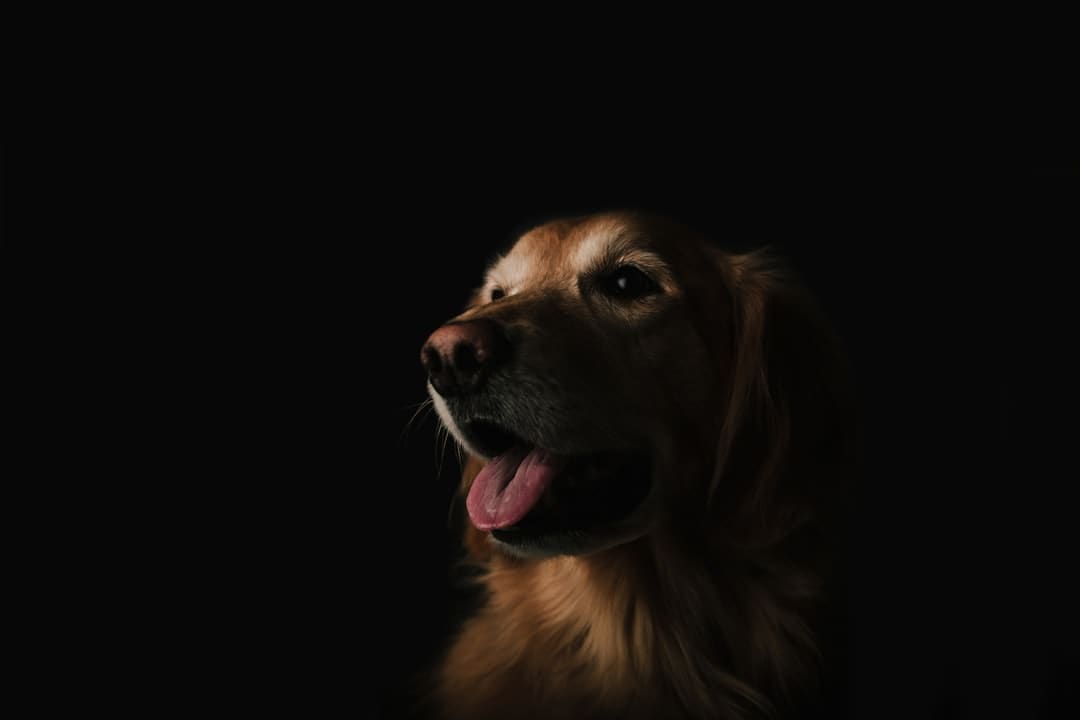Convolutional Neural Networks (CNNs) have transformed image classification by providing an automated method for identifying and categorizing visual data. These deep learning algorithms, inspired by human brain processes, are designed to learn spatial feature hierarchies from images autonomously. This capability makes CNNs highly effective for tasks including object recognition, image classification, and image segmentation.
The architecture of CNNs comprises multiple layers: convolutional layers, pooling layers, and fully connected layers. Convolutional layers apply filters to input images, extracting features such as edges, textures, and shapes. Pooling layers downsample the resulting feature maps, reducing computational complexity.
Fully connected layers utilize the extracted features to classify input images into various categories. This layered structure enables CNNs to learn intricate patterns and relationships within images, resulting in their high efficacy for image classification tasks.
Key Takeaways
- CNNs are a type of deep learning algorithm used for image classification, inspired by the human visual system.
- AI enhances image classification with CNNs by automating the process of feature extraction and pattern recognition.
- CNNs offer benefits such as improved accuracy, reduced manual intervention, and the ability to handle large datasets for image classification tasks.
- Techniques like data augmentation, transfer learning, and ensemble methods can improve image classification accuracy with CNNs.
- Challenges in image classification with CNNs include overfitting, limited interpretability, and the need for large amounts of labeled data.
Understanding the Role of AI in Enhancing Image Classification with CNNs
Artificial Intelligence (AI) plays a crucial role in enhancing image classification with CNNs by enabling machines to learn from large datasets and make intelligent decisions based on visual information. CNNs, as a subset of AI, have the ability to automatically extract features from images and learn complex patterns, making them highly effective for image classification tasks. By leveraging AI techniques, CNNs can continuously improve their performance through iterative learning, allowing them to achieve high levels of accuracy in image classification.
AI also enables CNNs to adapt to new and unseen data, making them highly robust and versatile for a wide range of image classification tasks. Through techniques such as transfer learning and data augmentation, AI can help CNNs generalize well to new images and improve their ability to classify diverse visual information. Additionally, AI-powered CNNs can also learn to recognize and classify images in real-time, making them suitable for applications such as autonomous vehicles, medical imaging, and surveillance systems.
Exploring the Benefits of Using CNNs for Image Classification

The use of CNNs for image classification offers a wide range of benefits, including high accuracy, robustness, and scalability. CNNs have been shown to achieve state-of-the-art performance in image classification tasks, outperforming traditional machine learning algorithms and human experts in many cases. Their ability to automatically learn hierarchical features from images makes them highly effective for handling complex and diverse visual information.
Furthermore, CNNs are highly robust to variations in input images, such as changes in lighting, orientation, and background clutter. This robustness makes them suitable for real-world applications where images may vary widely in their appearance. Additionally, CNNs can be easily scaled to handle large datasets and high-dimensional input images, making them suitable for processing large volumes of visual data efficiently.
Techniques for Improving Image Classification Accuracy with CNNs
| Technique | Description | Impact on Accuracy |
|---|---|---|
| Data Augmentation | Generating new training data by applying transformations to existing images | Improves generalization and reduces overfitting |
| Transfer Learning | Using pre-trained models as a starting point and fine-tuning on specific dataset | Allows leveraging knowledge from large datasets and improves accuracy |
| Ensemble Learning | Combining predictions from multiple models to improve overall accuracy | Reduces errors and improves robustness |
| Batch Normalization | Normalizing the input of each layer to reduce internal covariate shift | Improves convergence and reduces training time |
There are several techniques that can be used to improve the accuracy of image classification with CNNs. One such technique is transfer learning, which involves leveraging pre-trained CNN models on large datasets and fine-tuning them for specific image classification tasks. Transfer learning allows CNNs to benefit from the knowledge learned from one task and apply it to another task, leading to improved accuracy and faster convergence.
Another technique for improving image classification accuracy with CNNs is data augmentation, which involves artificially increasing the size of the training dataset by applying transformations such as rotation, scaling, and flipping to the input images. Data augmentation helps CNNs generalize well to new and unseen data by exposing them to a wider range of variations in the input images. Additionally, techniques such as ensemble learning, batch normalization, and dropout regularization can also be used to improve the generalization and accuracy of CNN models for image classification tasks.
Overcoming Challenges in Image Classification with CNNs
While CNNs have shown remarkable success in image classification tasks, they also face several challenges that need to be addressed. One major challenge is the need for large amounts of labeled training data to train CNN models effectively. Collecting and annotating large datasets can be time-consuming and expensive, especially for specialized domains such as medical imaging or satellite imagery.
Another challenge is the interpretability of CNN models, as they often act as black boxes that make it difficult to understand how they arrive at their decisions. Interpretable AI techniques such as attention mechanisms and saliency maps can help address this challenge by providing insights into the features that are important for image classification. Furthermore, CNN models may also suffer from issues such as overfitting, where they perform well on the training data but fail to generalize to new data.
Techniques such as regularization, dropout, and early stopping can help mitigate overfitting and improve the generalization ability of CNN models.
Real-world Applications and Success Stories of CNNs in Image Classification

CNNs have been successfully applied to a wide range of real-world applications in image classification, demonstrating their effectiveness in handling diverse visual information. In the field of healthcare, CNNs have been used for tasks such as diagnosing diseases from medical images, analyzing histopathology slides, and segmenting anatomical structures from medical scans. Their ability to automatically learn features from images has made them valuable tools for assisting healthcare professionals in making accurate diagnoses and treatment decisions.
In the field of autonomous vehicles, CNNs have been used for tasks such as detecting pedestrians, vehicles, and traffic signs from camera images. Their ability to process visual information in real-time has made them essential components of self-driving car systems, enabling vehicles to perceive and understand their surroundings accurately. Additionally, CNNs have also been applied to tasks such as facial recognition, satellite image analysis, industrial quality control, and wildlife monitoring, demonstrating their versatility and effectiveness in handling diverse image classification tasks.
Future Developments and Potential Advancements in CNNs for Image Classification
The future of CNNs in image classification holds great potential for advancements in areas such as interpretability, efficiency, and generalization. Researchers are actively working on developing techniques that can provide better insights into how CNN models arrive at their decisions, making them more transparent and interpretable for users. Efforts are also being made to improve the efficiency of CNN models by developing lightweight architectures that can perform image classification tasks with fewer computational resources.
This will enable CNNs to be deployed on edge devices with limited processing power, opening up new opportunities for applications such as smart cameras, drones, and IoT devices. Furthermore, advancements in areas such as unsupervised learning, self-supervised learning, and meta-learning are expected to improve the generalization ability of CNN models and reduce the reliance on large labeled datasets for training. These developments will make CNNs more adaptable to new tasks and domains, expanding their potential for addressing a wide range of image classification challenges in the future.
For those interested in deepening their understanding of convolutional neural networks (CNNs) and their application in image classification, it’s essential to explore resources that discuss the broader context of technology and its future developments. Although not directly focused on CNNs, an insightful article that discusses the evolution of digital environments, which could be crucial for the application of CNNs in image processing within these contexts, can be found here: Metaverse Platforms and Ecosystems: Social Virtual Worlds. This article provides a comprehensive overview of how virtual worlds are structured and function, which is valuable for understanding potential applications of image classification technologies in these environments.
FAQs
What is a convolutional neural network (CNN)?
A convolutional neural network (CNN) is a type of deep learning algorithm that is commonly used for image classification and recognition. It is designed to automatically and adaptively learn spatial hierarchies of features from input images.
How does a convolutional neural network work?
A CNN works by using a series of convolutional layers to extract features from input images. These features are then passed through additional layers, such as pooling and fully connected layers, to classify the image into different categories.
What is image classification?
Image classification is the process of categorizing an input image into a specific class or category. This is commonly done using machine learning algorithms, such as convolutional neural networks, to automatically identify and label objects within images.
What are some applications of convolutional neural network image classification?
Some applications of CNN image classification include facial recognition, object detection, medical image analysis, autonomous vehicles, and quality control in manufacturing.
What are the advantages of using convolutional neural networks for image classification?
CNNs are well-suited for image classification tasks because they can automatically learn and extract features from input images, handle large amounts of data, and achieve high accuracy in classifying images into different categories.
What are some challenges of using convolutional neural networks for image classification?
Challenges of using CNNs for image classification include the need for large amounts of labeled training data, potential overfitting, and the computational resources required for training and inference.

Leave a Reply